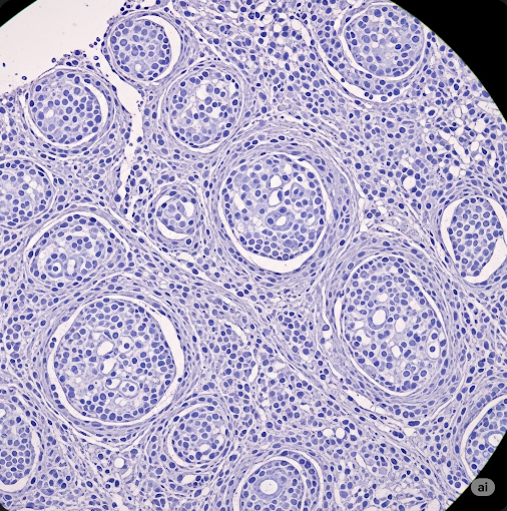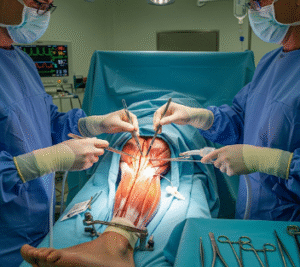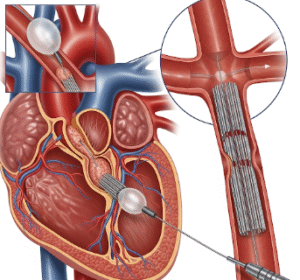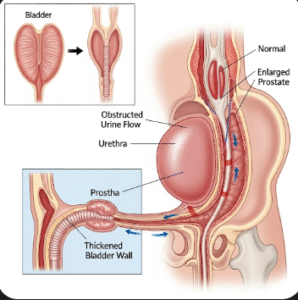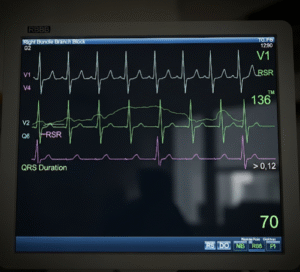Overview
Osteoblastoma is a rare, benign bone tumor that typically arises in the spine and long bones of children and young adults. Unlike malignant tumors, osteoblastoma grows slowly and does not spread to other parts of the body, but it can cause significant pain and bone deformity if untreated. In Korea, advanced orthopedic oncology centers specialize in diagnosing and treating osteoblastoma using modern imaging and surgical techniques to preserve function and reduce recurrence.
What is Osteoblastoma?
Osteoblastoma is a benign bone-forming tumor characterized by the proliferation of osteoblasts—cells responsible for bone formation. It usually develops in the vertebrae, long bones like the femur or tibia, or occasionally in the skull. Osteoblastoma is distinguished from the more common osteoid osteoma by its larger size and tendency to cause more aggressive symptoms.
Symptoms
Symptoms of osteoblastoma can vary based on the tumor’s size and location but often include:
- Persistent localized bone pain, often worsening at night
- Swelling or tenderness over the affected area
- Limited range of motion if the tumor affects joints or spine
- Neurological symptoms such as numbness or weakness if the tumor compresses nerves
- In some cases, scoliosis or spinal deformity if the tumor is in the vertebrae
Causes
The exact cause of osteoblastoma remains unknown, but it is thought to arise from abnormal bone cell proliferation during growth. There are no well-established environmental or genetic risk factors linked directly to this tumor.
Risk Factors
While osteoblastoma can affect anyone, it is most commonly diagnosed in:
- Children and young adults, typically between ages 10 and 30
- Males slightly more than females
- Individuals with no known specific predisposing factors
Complications
If left untreated, osteoblastoma can cause:
- Persistent and worsening pain
- Bone weakening leading to fractures
- Deformity or structural instability, especially in the spine
- Neurological deficits due to nerve compression
- Rare risk of local recurrence after surgery if not fully excised
Prevention
No known prevention exists for osteoblastoma due to its unclear cause. Early diagnosis and treatment are critical to prevent complications and ensure optimal outcomes.
Treatment Options in Korea
Treatment for osteoblastoma in Korea focuses on complete tumor removal and symptom relief:
- Surgical excision is the primary treatment, aiming to remove the tumor while preserving surrounding structures.
- Minimally invasive spinal surgery techniques are used when tumors involve vertebrae to reduce recovery time and complications.
- Pain management during diagnosis and recovery with medications as needed.
- Regular follow-up with imaging to monitor for recurrence.
Korean orthopedic oncology centers utilize advanced imaging (MRI, CT scans) and experienced surgical teams to ensure precise diagnosis and effective treatment, leading to high rates of tumor control and patient recovery.

